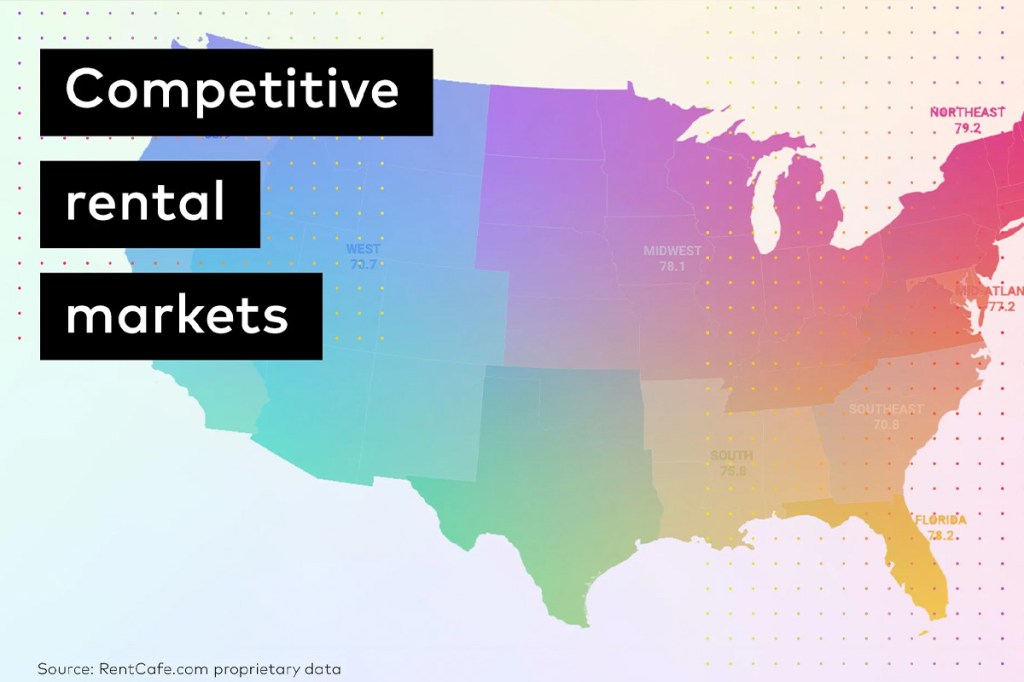During every Yardi Matrix webinar, vice president and presenter Jeff Adler shares the big picture of current economic conditions and conundrums — also known as the Yardi Matrix House View.

Yardi Matrix: The big picture
Here’s how the view is looking from the Matrix vantage point these days: “We had a deep recession. We’re in the middle of a recovery. That recovery is likely to be choppy,” summarized Adler to close out Thursday’s Matrix update on the self storage sector. A recording of the presentation is now available, and you can view that here.
But for those invested or interested in the self storage market, the seas are not looking quite so rough. Of all commercial real estate sectors, storage had a brief negative impact from COVID-19’s rise in the U.S., and then quickly recovered.
“Storage is actually doing quite well,” said Chris Nebenzahl, editorial director for Yardi Matrix. “The demand for storage has been consistent and is stronger than some of the other asset classes in commercial real estate.”
Key factors for the sector’s resiliency
Relocations and population migration. Americans are leaving congested big cities like New York and Los Angeles for second-tier markets where they have more space.
Residential volatility. For example, college students have faced ever-changing mandates about whether they would resume classes in person and online, prompting quick moves that often involve a need for storage.
Economic hardship. Job losses for millions of Americans are contributing to relocations and downsizing. According to a Pew Research Center Survey, roughly one in five U.S. adults say they have either changed their residence due to the pandemic or know someone who did.
Street rents are holding steady
The proof of sustained demand for storage is in the street rates, particularly for the non-climate-controlled category. Month-over-month rates reported for August showed that national rates increased 0.9% for 10×10 non-climate-controlled units and by 0.8% for climate-controlled units of the same size.
“It seems like we’ve reached the bottom and we’re starting to recover on the street rate side,” Nebenzahl said. Major cities like Miami, Chicago, Washington D.C. and Raleigh/Durham saw the strongest increases.
Slowdown in development
When it comes to development, some slowdown is being observed. Abandoned projects are increasing and Matrix predicts that around 10 percent of anticipated 2020 self storage projects will not be completed. And major adjustments have been made for the new supply forecast, with “prospective to planned projects” and “planned to under construction” projects reduced by 40-50%, respectively.
“What we continue to expect is that the speed at which projects are moving through the pipeline is going to slow way down,” Nebenzahl said.
The new supply pipeline favors major cities that often see residential turnover, such as New York, Las Vegas, Sacramento and Portland.
Overall, a positive outlook in self storage
Demand for storage will likely continue. Adler also shared that Americans have turned their spending habits toward hard goods rather than experiences like travel. This “revenge of the things” is expected to last for the next 2-3 years. That could result in more stability for storage, as more stuff always means more demand for a place to put it.
Learn more about the latest trends in self storage in the latest Yardi Matrix national market report.



